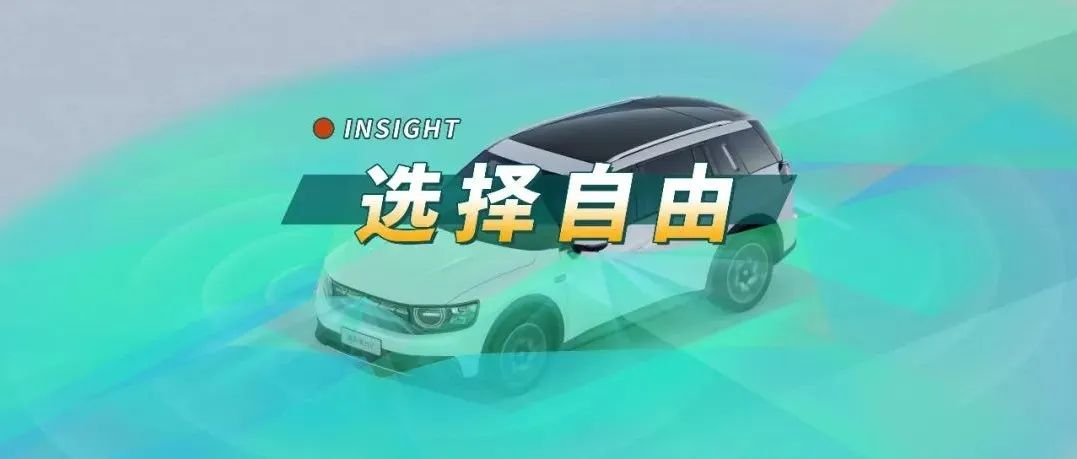Author: The Office
Have you seen the term OTA (Over the Air update) frequently?
OTA first appeared on personal computers, and in the era of smart mobile terminals, everyone became more aware of it. Continuous OTA optimization and updating of a large number of new functions have made OTA one of the most critical technologies in the era of smart mobile terminals. In 2012, Tesla introduced OTA to the automotive industry, and with the increasingly fast iteration speed of smart car software, OTA is becoming an indispensable technology in the automotive industry.
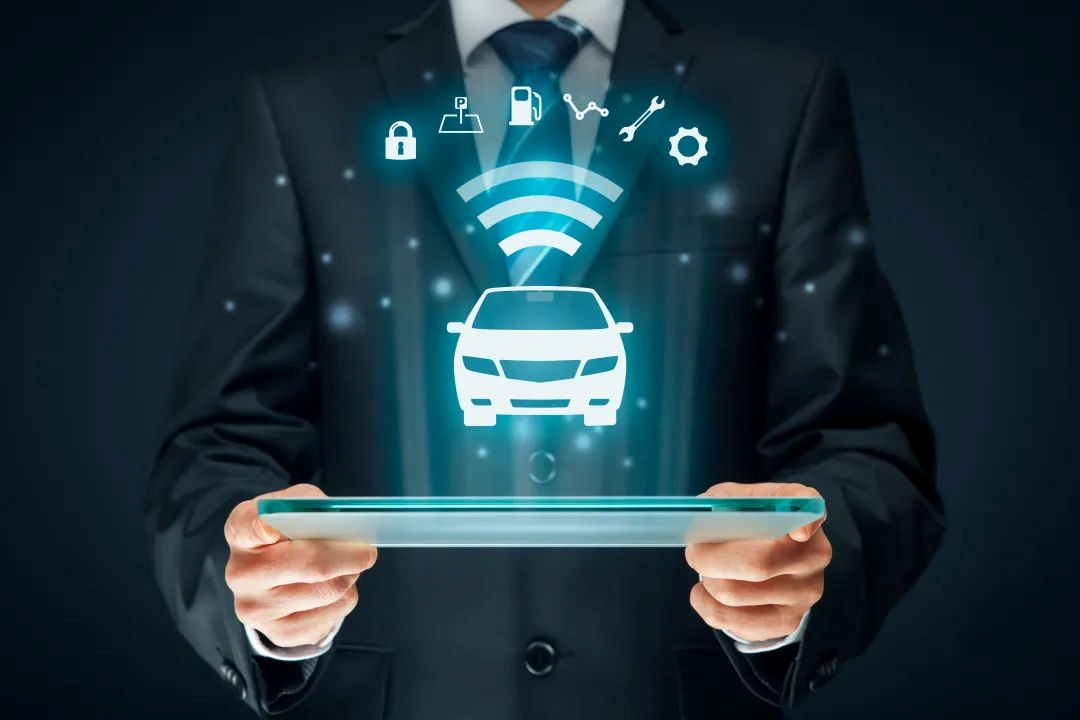
Nowadays, smart cars have made software updates commonplace through OTA, but hardware upgrades seem to be less common. Have you heard of hardware upgrades in the field of smart driving? Can you add a few more cameras after buying a car?
Zeego NV has created a “growth-oriented” smart driving hardware product line. Zeego NV will equip all models with 24 advanced driving assistance functions as standard, achieving L2 level driving assistance capability. Optional upgrades to advanced intelligent driving hardware will be available later, with corresponding software upgrades to support NOA (Navigation-assisted Advanced Driving Assistant System) for both highway and city, as well as automatic parking in more scenarios.
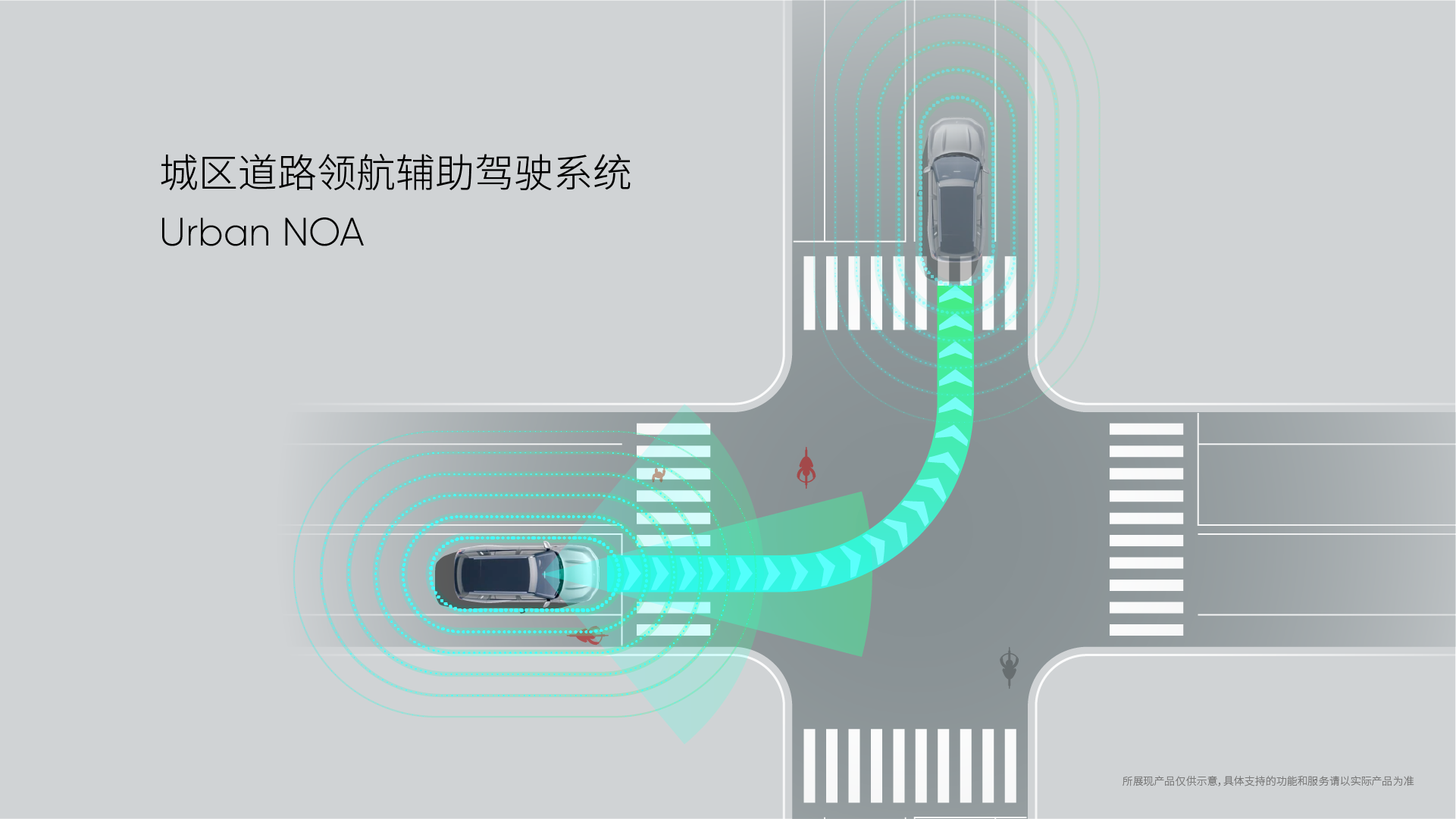
Let’s discuss Zeego NV’s understanding of smart driving choices.
Popularization and Advancement
According to “China’s Automatic Driving Passenger Car Market Data Tracking Report” for the first quarter of 2022, the new car penetration rate of L2 level driving assistance in the passenger car market reaches as high as 23.2%, and the penetration rate of new energy vehicle market is as high as 35%. If we exclude the A0-level vehicle models limited by cost, the penetration rate of L2 level driving assistance will be even higher.
It is foreseeable that the penetration rate of L2 level driving assistance will continue to rise. In addition to functions such as AEB (automatic emergency braking) and DOW (door opening warning system), which greatly improve driving safety, ACC (full-speed range adaptive cruise control) and LCC (lane centering control) functions will significantly reduce driver fatigue during long periods of driving.Using the example of the Zhiyoujia NV, in addition to the functions mentioned above, the AAD (Advanced Assistant Driving advanced driving assistance system) of the Zhiyoujia NV also provides 24 auxiliary driving functions, including blind spot detection, road traffic sign recognition, pedestrian collision warning, and fully automatic parking. More importantly, all these functions are standard across the board; the Zhiyoujia NV chooses to have “all of them” for the most basic driving assistance functions and safety protection while driving.

The Zhiyoujia AAD is equipped with Horizon’s Journey 2 chip in terms of hardware and uses Horizon’s Horizon Matrix®️ Mono (Mono) monocular perception scheme, which has a perception system comprising one monocular front camera and five millimeter-wave radars.
It is worth mentioning that based on the perceptual ability of Mono, Horizon has optimized the algorithm to be more suitable for Chinese road conditions. For example, for roads with steep slopes and many sharp turns, the detection accuracy of lane markings has been improved. At the same time, high-precision perception can still be achieved in scenes such as rainy days and nights.
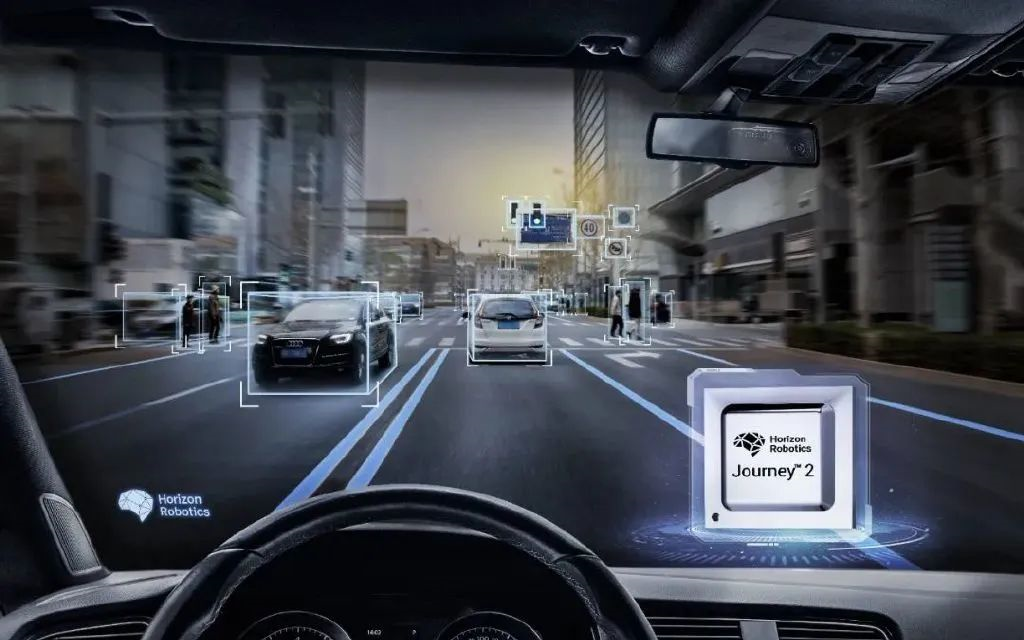
Horizon’s Mono solution ensures L2 level advanced driving assistance functions while keeping costs under control, and optimizes it for domestic road conditions. It is not difficult to understand why the Zhiyoujia NV chooses Mono as the basic advanced driving assistance function.
Of course, if consumers want higher-level intelligent driving assistance capabilities, the Zhiyoujia NV has also come up with a solution. Starting from the third quarter of 2023, the Zhiyoujia NV will support hardware upgrades across the board to SuperDrive AAD for a fee. Hardware upgrades to two Horizon Journey 5 chips, with computing power increased to 256 TOPS. In addition to computing power, our previous article also discussed that the frame rate of Journey 5 can reach 1283 FPS, and higher frame rates will bring faster perception and lower latency, which means higher safety and driving efficiency.
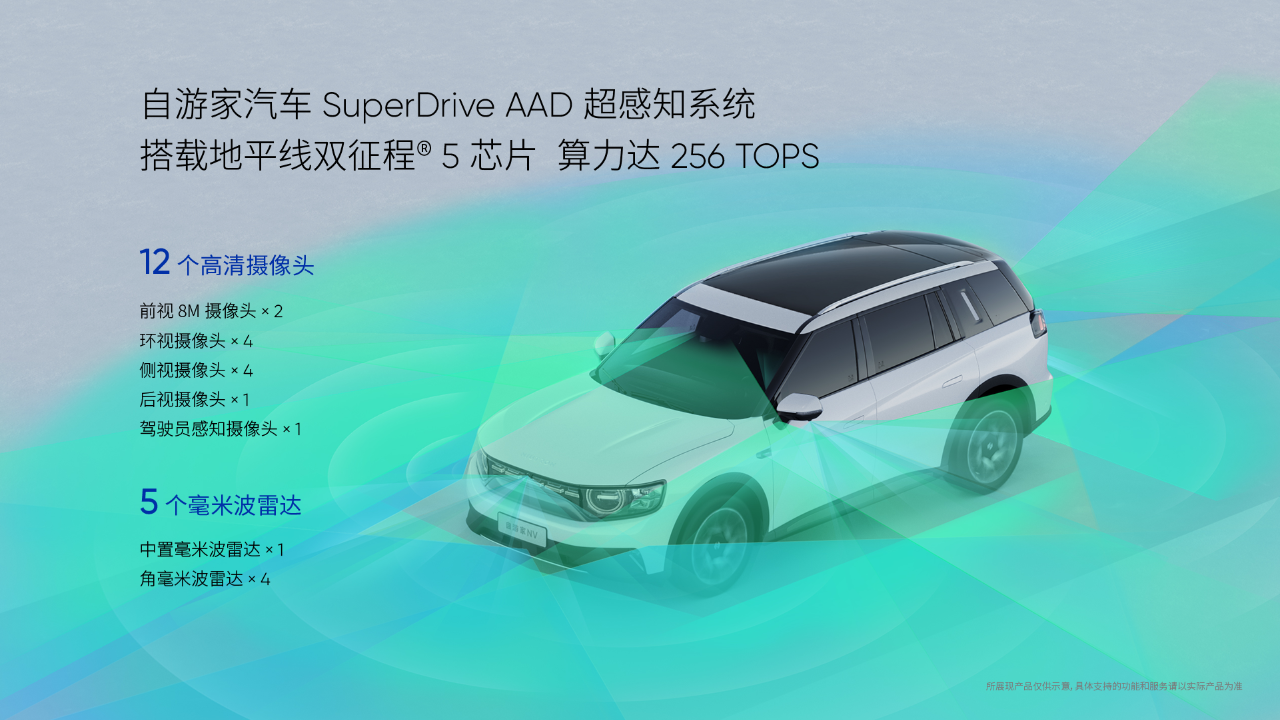 Meanwhile, the perception system of Xiaoyoujia NV will be significantly upgraded, equipped with 12 cameras (2 front-facing 8 million pixel cameras, 4 surround view cameras, 4 side view cameras, 1 rear view camera and 1 driver perception camera) and 5 millimeter-wave radars, thus achieving urban and highway NOA (Navigation on Autopilot) functions, as well as fully automatic parking functions in more scenarios.
Meanwhile, the perception system of Xiaoyoujia NV will be significantly upgraded, equipped with 12 cameras (2 front-facing 8 million pixel cameras, 4 surround view cameras, 4 side view cameras, 1 rear view camera and 1 driver perception camera) and 5 millimeter-wave radars, thus achieving urban and highway NOA (Navigation on Autopilot) functions, as well as fully automatic parking functions in more scenarios.
Upgradable intelligent driving hardware is undoubtedly a good thing for consumers.
Freedom of Choice
Why is it a good thing for consumers? Let’s carefully recall how much choice consumers have had for assisted driving since their introduction.
Traditionally, most car companies only equipped top-tier or second-tier models with assisted driving features. These models are often priced higher, and the higher prices obviously decrease consumer desire to try them out. Moreover, the software cannot be upgraded after purchasing the car, and the assisted driving capabilities are fixed at the time of purchase. Of course, this is also limited by the early stage of assisted driving technology and cost issues, so assisted driving capabilities have not been widely adopted.
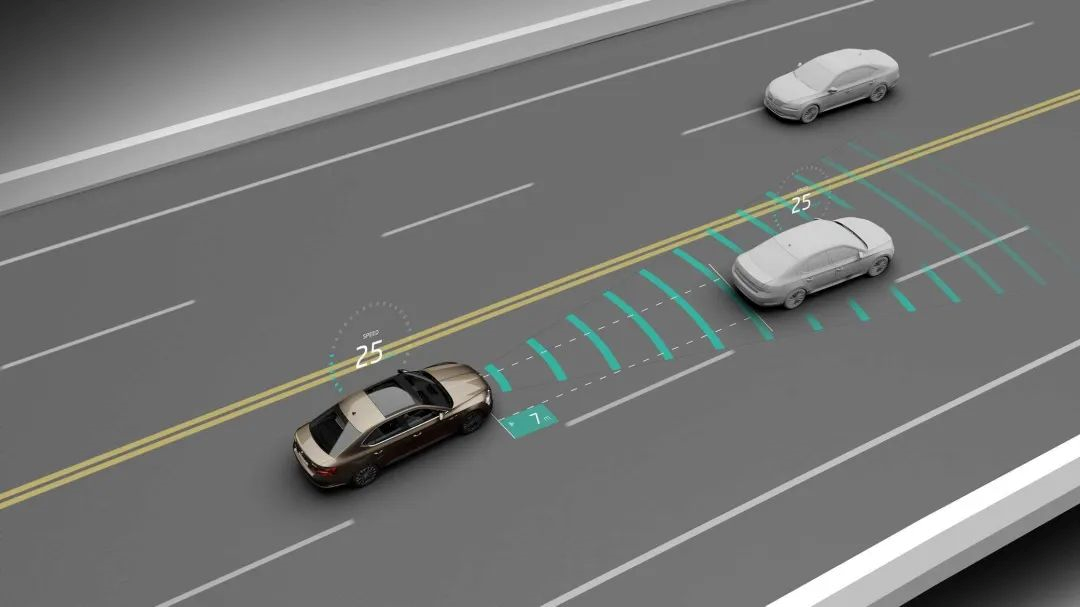
In October 2016, Tesla configured the Autopilot HW 2.0 hardware for its factory models. At the same time, users can choose whether to activate EAP (Enhanced Autopilot) or FSD (Full Self-Driving Capability) according to their personal needs. Users can choose the necessary intelligent driving assistance capabilities according to their own needs at any time.
The biggest difference between the two lies in the fact that assisted driving capabilities are no longer a one-time purchase, not only can they be purchased at any time, but they can also receive continuous updates.
However, as advanced intelligent driving technology continuously improves in convenience and safety, consumer acceptance of advanced intelligent driving capabilities has also increased. According to research data from Yiche Research Institute, in 2021 the proportion of Chinese users willing to purchase autonomous driving cars reached 32.28%.
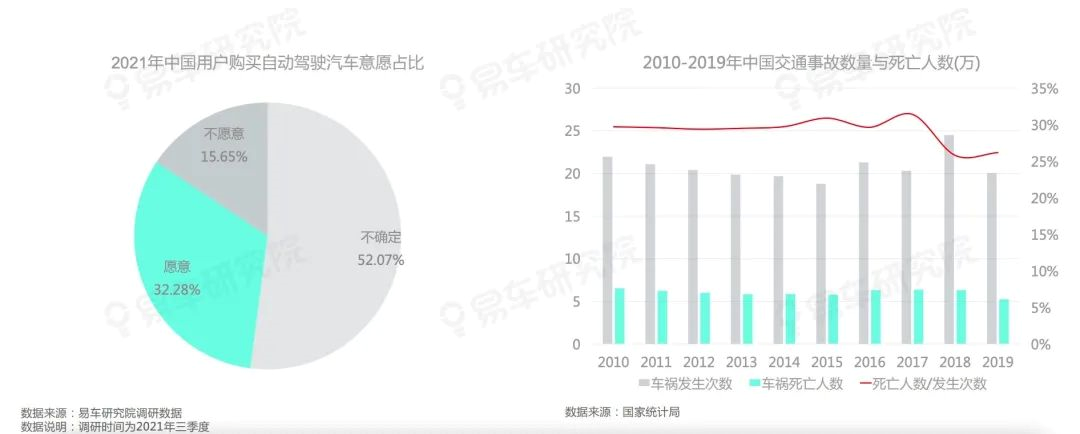
At the same time, car companies have also racked their brains to increase the purchase rate of advanced intelligent driving capabilities, launching various solutions, such as offering multiple models with no ADAS hardware, supporting L2 level assisted driving hardware, and supporting high-level intelligent driving hardware with lidar. Or changes are made in software, evolving from early buyout systems to subscription systems or a combination of subscription and buyout systems, providing users with more options. Consumers are naturally beneficiaries of these programs, satisfying their own needs at a lower cost through more flexible programs.Obviously, consumers’ choices for advanced driving capabilities are very flexible at this stage, but this is only at the software level. The upgrade plan adopted by ZYJ NV for advanced driving capabilities is even more thorough at the hardware level. For users who have no demand for advanced driving capabilities, reducing the cost of purchasing a car from the hardware level.
For users who expect advanced driving capabilities, provide hardware upgrade services to meet their needs. Especially for some consumers who may not have a strong demand or have doubts about intelligent driving at the early stage of purchasing a car, but with the continuous maturity of intelligent driving technology and the transformation of mentality, they will have new demands for intelligent driving, and ZYJ’s upgradeable route undoubtedly meets the needs of these consumers.
Are you curious about how ZYJ NV implements later hardware upgrades?
There has been an “intention” early on
Hardware upgrades are not simply removing an old chip and replacing it with a new one. Whether the overall vehicle layout and electronic and electrical architecture can support high-performance chips and the data transmission of multi-perception sensors is also one of the key conditions. ZYJ NV’s choice is to leave enough space in the car for layout and pre-embed gigabit Ethernet communication, which brings us back to the topic of in-vehicle Ethernet.
Why use in-vehicle Ethernet as the backbone network? One of the most important reasons is that data transmission speed is faster.
The traditional mainstream in-vehicle network mainly uses four buses: CAN, LIN, FlexRay, and MOST. Taking CAN bus as an example, its function is to meet the data interaction between in-vehicle ECUs and sensors, such as synchronizing information such as instruments, ECUs, and ABS. However, the maximum transmission speed of the CAN bus is only 1 Mbps.
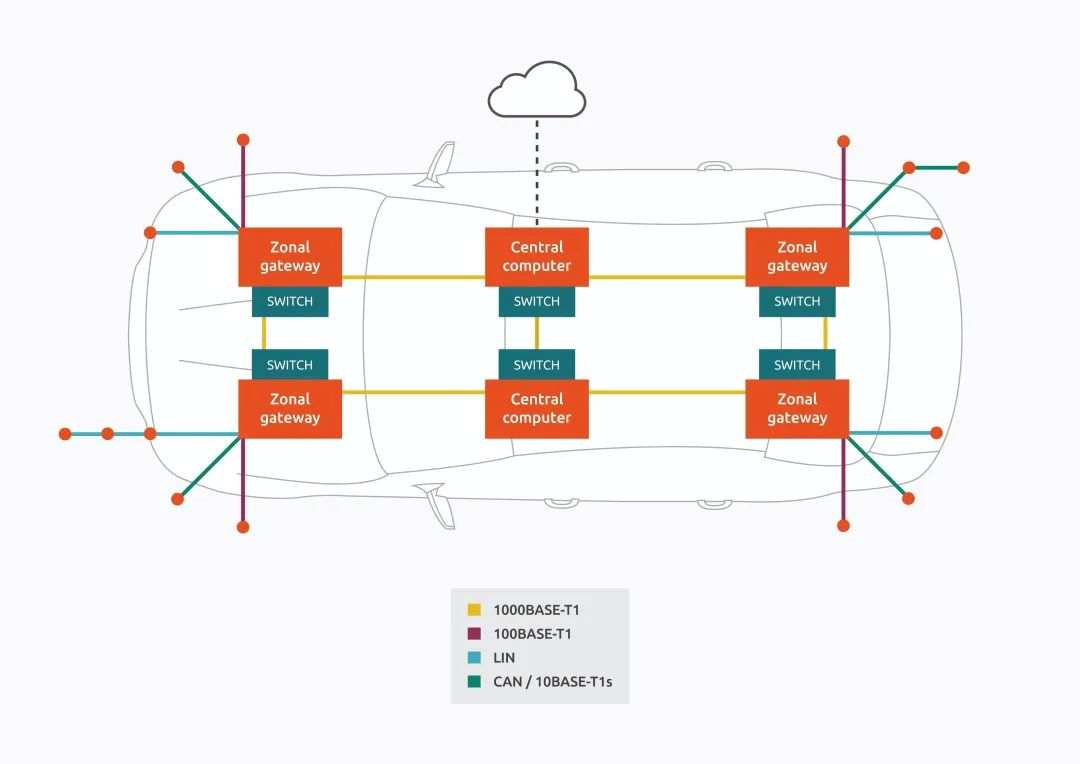
This also means that traditional in-vehicle networks cannot meet the needs of today’s intelligent automotive networking and intelligence, especially the extremely high transmission rate required for advanced driving capabilities. In-vehicle Ethernet has become a must-have for the development of intelligent cars, and the advantages of in-vehicle Ethernet are also prominent, with lighter weight, lower cost, higher transmission speed, and lower latency. For example, in terms of transmission rate, the Ethernet pre-embedded by ZYJ NV can provide a highest transfer rate of gigabit, in order to meet the data transmission needs of the upgraded Journey 5 chip and perception hardware in 2023.
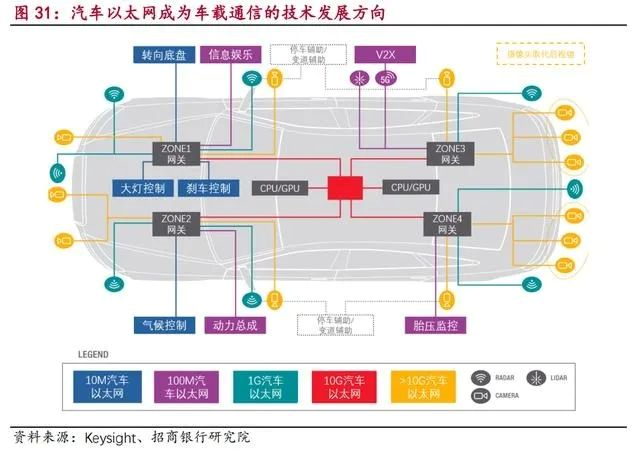 More deeply, we can find that Self-Driving NV has fully considered the need for high-level intelligent driving hardware upgrades during the early stage of engineering design and made advanced plans. This has become a prerequisite for users to choose and upgrade freely to the greatest extent in the later stage. In fact, this is more like building a building, and the specifications and structural strength of the foundation determine how high the building can be built.
More deeply, we can find that Self-Driving NV has fully considered the need for high-level intelligent driving hardware upgrades during the early stage of engineering design and made advanced plans. This has become a prerequisite for users to choose and upgrade freely to the greatest extent in the later stage. In fact, this is more like building a building, and the specifications and structural strength of the foundation determine how high the building can be built.
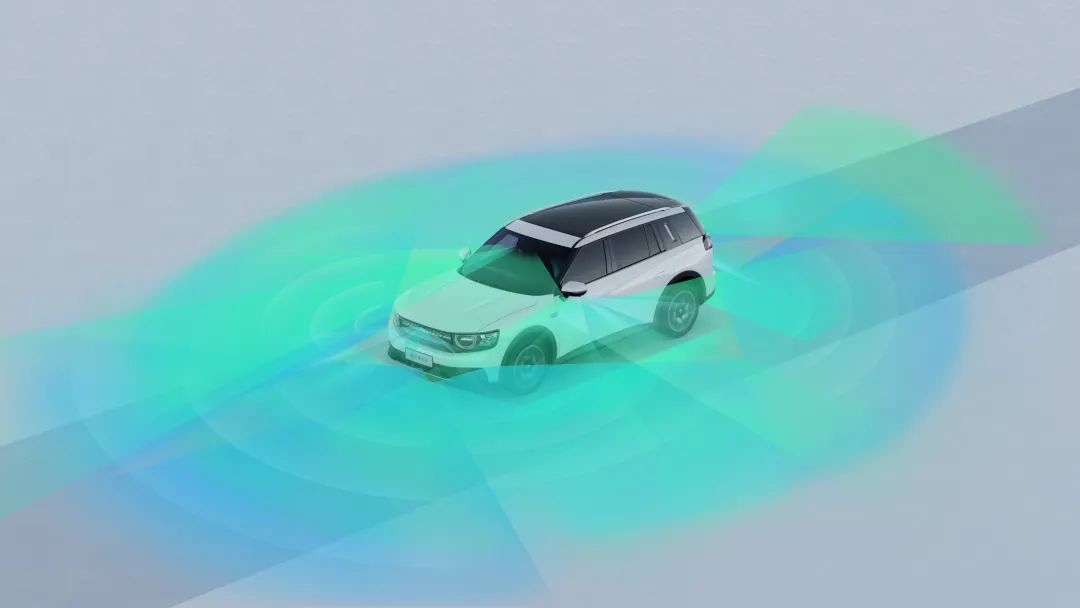
Supporting hardware upgrades to maximize meeting user needs requires not only commercial strategies, but also joint definitions and cooperation between engineering and technical departments.
For Self-Driving NV, providing basic assisted driving functions and ensuring safety and driving experience for each car owner is the top priority. In addition, Self-Driving also hopes to return the more choice in intelligent driving to consumers by creating a “growable” intelligent driving hardware route.
This article is a translation by ChatGPT of a Chinese report from 42HOW. If you have any questions about it, please email bd@42how.com.
